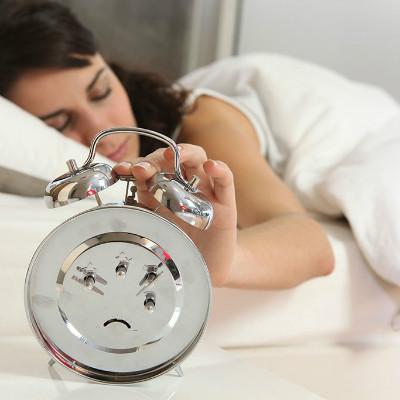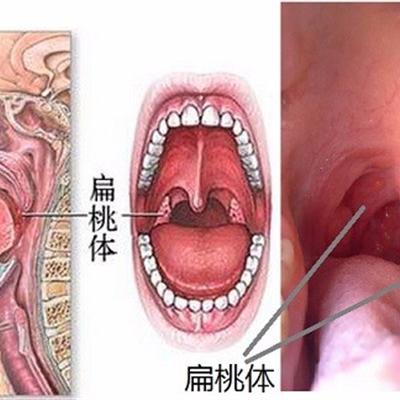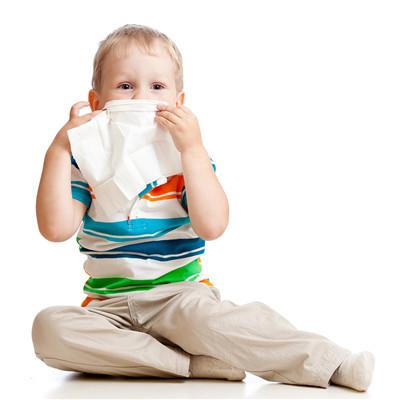Symptoms of chronic pneumonia in children?
summary
The course of disease is more than 3 months. In recent years, the mortality of children with acute pneumonia is decreasing, but it is not uncommon that children with severe pneumonia sometimes do not completely recover, relapse and develop into chronic pneumonia. Once it occurs, it often affects the growth and development of children. Therefore, timely prevention and treatment of chronic pneumonia is very important. Symptoms of chronic pneumonia in children? Let's talk about it.
Symptoms of chronic pneumonia in children?
Chronic pneumonia is characterized by periodic recurrence and deterioration, with a wavy course. Due to the different stages, ages and individuals of the disease, the symptoms are various. During the rest period, the body temperature is normal, no obvious signs, almost no cough, but it is easy to wheeze when running and going upstairs.
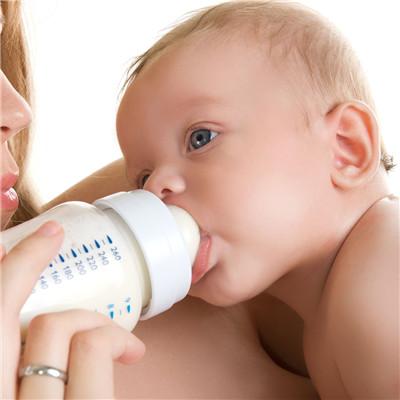
In the exacerbation stage, it is often accompanied by pulmonary insufficiency, cyanosis and dyspnea, and external respiratory dysfunction caused by hyperventilation due to the decrease of vital capacity, respiratory reserve and breath holding time. After deterioration, the improvement is very slow, often expectoration. Even facial edema, cyanosis, chest deformation and clubbing fingers, toes.
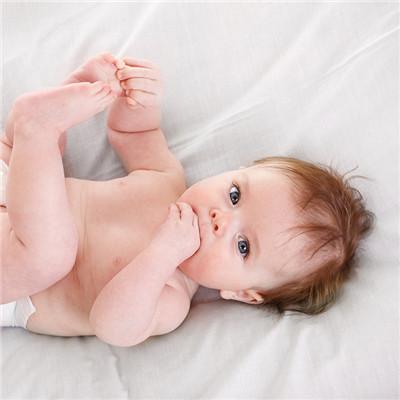
Due to emphysema and pulmonary insufficiency, pulmonary circulation resistance increases, right heart burden increases, and pulmonary heart disease can occur within half a year to two years. There may also be liver dysfunction, increased white blood cells, moderate rapid ESR. In the diagnosis of this disease, the history is very important, often had repeated sinusitis, bronchitis or pneumonia, or had measles, pertussis, influenza or adenovirus pneumonia.
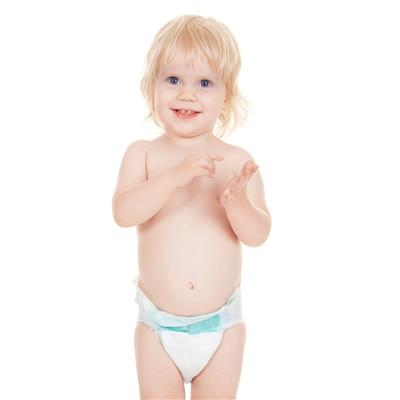
matters needing attention
The pathological recovery of acute pneumonia was later than the clinical recovery. Therefore, in the recovery period of severe pneumonia, physical therapy and gymnastics should be carried out, rickets and malnutrition should be actively treated, and follow-up and continuous treatment should be carried out after discharge until complete recovery. In addition, measles, pertussis, influenza and adenovirus infection should be prevented in infants. Chronic sinusitis and recurrent bronchitis should also be actively prevented. Immunotherapy can be used in children with immune deficiency. According to the specific situation, human blood gamma globulin, transfer factor, thymosin or traditional Chinese medicine can be used for treatment. If necessary, bone marrow transplantation can be used to reconstruct the immune function and prevent the occurrence of repeated infection and chronic pneumonia.



